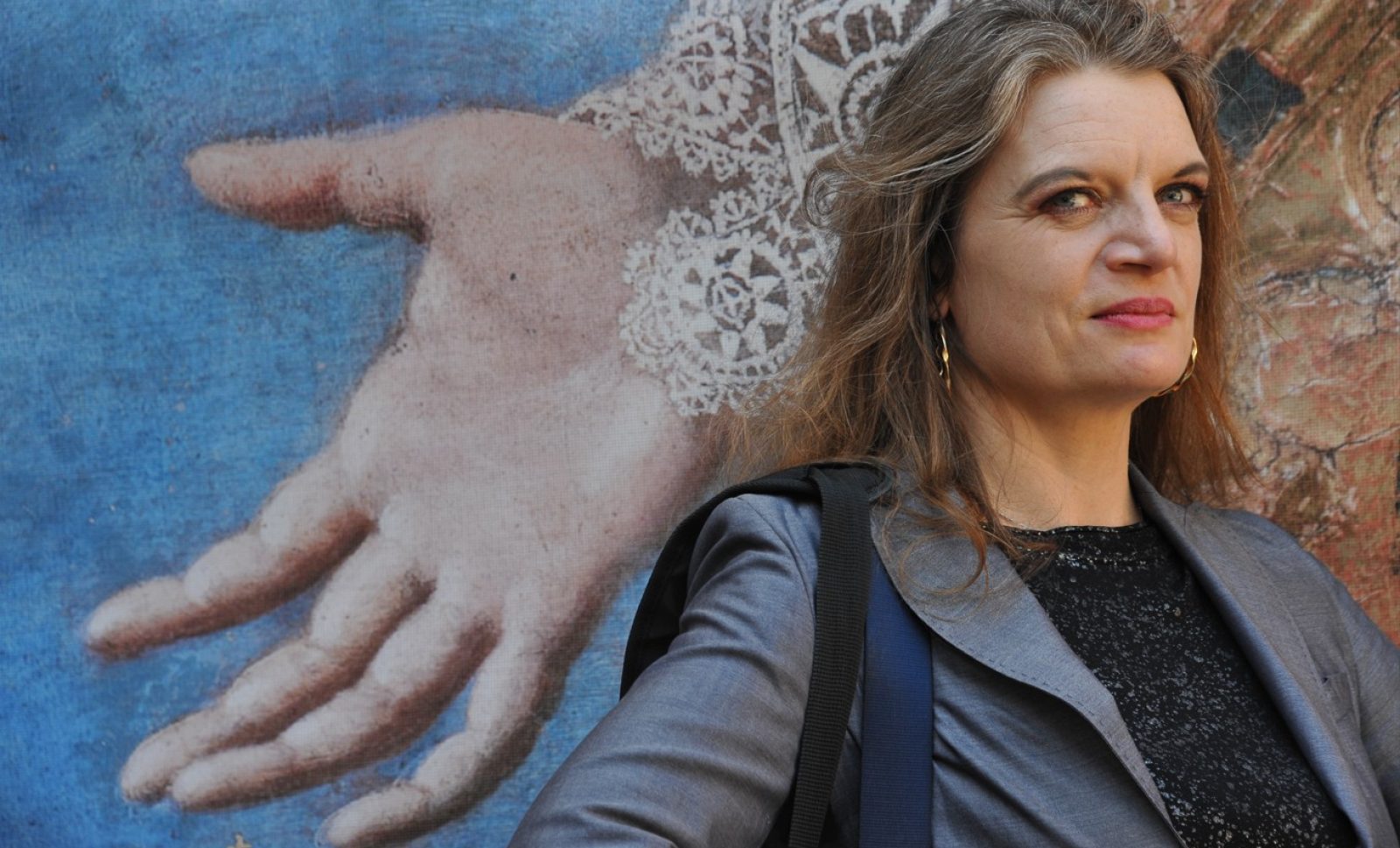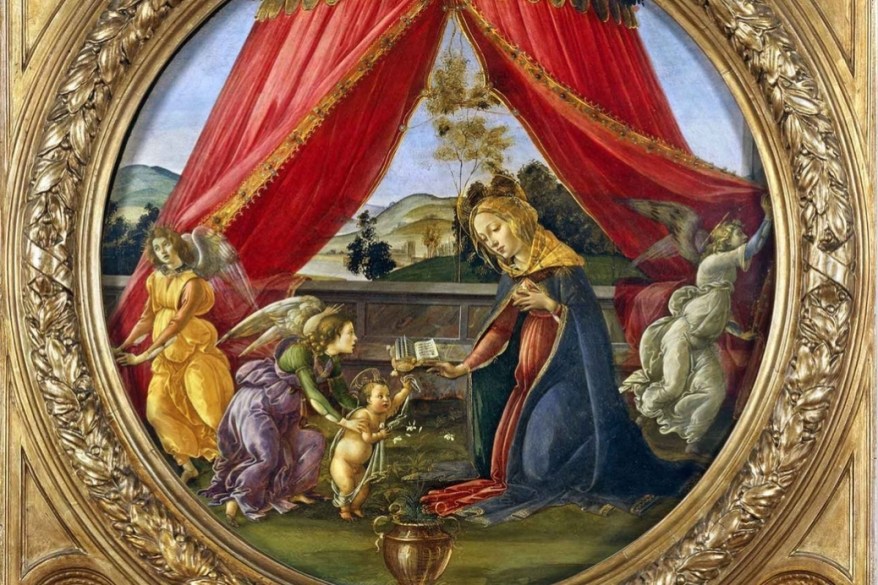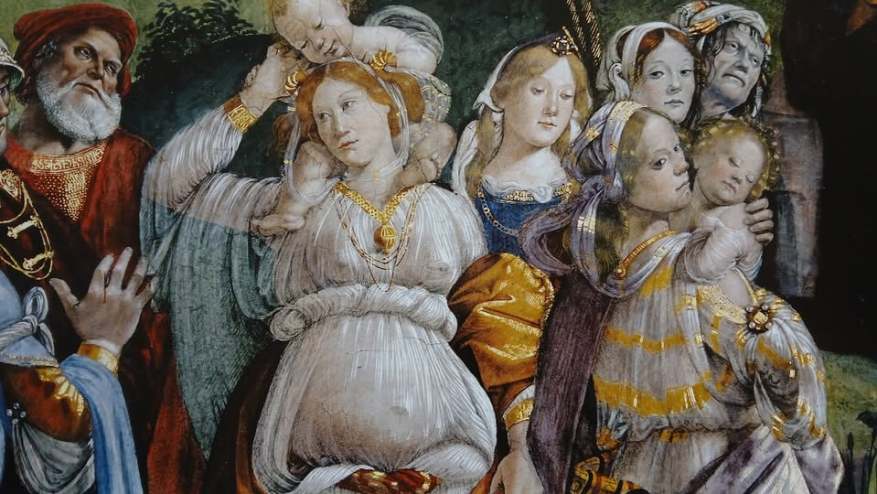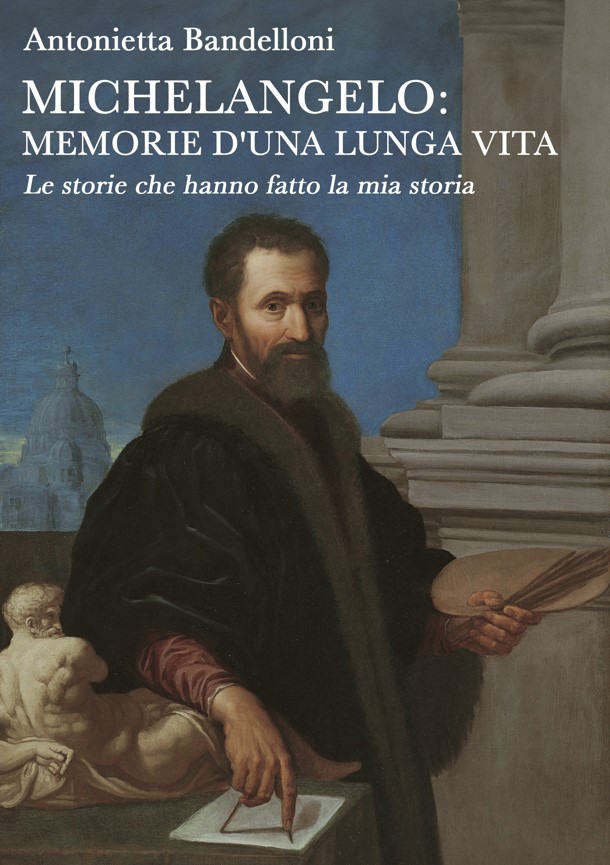19 giugno 1940: quando il Tondo Doni fu portato via dagli Uffizi
La data del 19 giugno del 1940 vi dice qualcosa?
Forse no ma ve lo racconto io. In quella giornata in cui i venti di guerra si facevano sempre più insidiosi, il Tondo Doni fu rimosso dalla Galleria degli Uffizi, nel tentativo di proteggerlo da eventuali bombardamenti sulla città e da un possibile trafugamento.
Qualche giorno prima, il 5 giugno del 1940, Giovanni Poggi che era il soprintendente delle gallerie fiorentine, aveva ricevuto dal ministero di Roma un’importante circolare riservatissima nella quale veniva categoricamente ordinato di mettere in atto i provvedimenti già predisposti per tutelare il patrimonio artistico.
Oramai era palese che la guerra fosse alle porte e infatti, il 10 giugno del 1940, anche l’Italia entrò ufficialmente in guerra.
In un primo momento il Tondo Doni fu nascosto nella Villa Medicea di Poggio a Caiano assieme al mio Bacco e al San Giorgio di Donatello.
Il Tondo però rimase lì solo per pochi mesi. Il 23 ottobre del 1940 si preferì spostarlo all’interno del Castello di Poppi, allora considerato un luogo inespugnabile.
Purtroppo la previsione fu sbagliata e il Castello non risultò essere così sicuro come si era pensato.
Per arrivare al caveau che conteneva un gran numero di opere d’arte, fra le quali anche la mia Testa di Fauno, la Deposizione del Rosso Fiorentino e la Deposizione dalla Croce del Pontormo della Cappella Capponi di Firenze, bisognava aprire sette porte diverse chiuse a doppia mandata e ciascuna di esse aveva la propria chiave.
Le precauzioni prese però furono abilmente aggirate con un inganno. Gli ufficiali delle SS della 305° divisione entrarono con un espediente, riuscendo a portar via non solo il mio Fauno, ma anche molte altre preziose opere. Caricarono il maltolto su un furgoncino e sparirono, proteggendosi le spalle con raffiche di fuoco.
Frederick Hartt, nel 1944, era stato incaricato di stilare la lista delle opere trafugate dai nazisti nei 38 depositi toscani e ultimò il suo arduo compito nell’ottobre dello stesso anno.
“Dalle collezioni pubbliche fiorentine sono stati sottratti 529 dipinti, 162 sculture e altri oggetti minori, 6 grandi cartoni e 38 arazzi medievali e rinascimentali, per un totale di 735 opere(…).
Firenze è stata sottoposta a una razzia tale da far impallidire le spoliazioni napoleoniche”
Frederick Hartt in Florentine Art Under Fire
Il Tondo Doni inspiegabilmente non venne trafugato e il 10 Giugno del 1945 rientrò nel Deposito degli Uffizi per poi essere ricollocato in Galleria qualche anno dopo, il 24 giugno del 1948.
Per il momento il vostro Michelangelo Buonarroti vi saluta dandovi appuntamento ai prossimi post e sui social.
19 June 1940: when the Tondo Doni was taken away from the Uffizi
Does the date June 19, 1940 mean anything to you?
Maybe not but I’ll tell you about it. On that day when the winds of war were becoming increasingly treacherous, the Doni Tondo was removed from the Uffizi Gallery, in an attempt to protect it from possible bombings on the city and from a possible theft.
A few days earlier, on 5 June 1940, Giovanni Poggi, who was the superintendent of the Florentine galleries, had received an important, highly confidential circular from the ministry of Rome in which he was categorically ordered to implement the measures already prepared to protect the artistic heritage.
By now it was clear that war was upon us and in fact, on 10 June 1940, Italy also officially entered the war.
At first the Doni Tondo was hidden in the Medici Villa of Poggio a Caiano together with my Bacchus and Donatello’s San Giorgio.
The Tondo, however, only remained there for a few months. On 23 October 1940 it was decided to move it inside the Poppi Castle, then considered an impregnable place.
Unfortunately the prediction was wrong and the Castle did not turn out to be as safe as had been thought.
To get to the vault which contained a large number of works of art, including my Head of a Faun, the Deposition by Rosso Fiorentino and the Deposition from the Cross by Pontormo from the Capponi Chapel in Florence, it was necessary to open seven different locked doors. double lock and each of them had its own key.
The precautions taken, however, were cleverly circumvented with deception. The SS officers of the 305th division entered with an expedient, managing to take away not only my Faunus, but also many other precious works. They loaded the stolen goods into a van and disappeared, protecting their backs with bursts of fire.
Frederick Hartt, in 1944, was tasked with drawing up the list of works stolen by the Nazis from the 38 Tuscan warehouses and completed his arduous task in October of the same year.
“529 paintings, 162 sculptures and other minor objects, 6 large cartoons and 38 medieval and Renaissance tapestries were stolen from the Florentine public collections, for a total of 735 works (…). Florence was subjected to such a raid that it made Napoleon’s spoliations pale in comparison.”
Frederick Hartt in Florentine Art Under Fire
Inexplicably, the Doni Tondo was not stolen and on 10 June 1945 it returned to the Uffizi Depository before being relocated to the Gallery a few years later, on 24 June 1948.
For the moment, your Michelangelo Buonarroti greets you and will meet you in future posts and on social media.

Sostienici – Support Us
Se questo blog ti piace e ti appassiona, puoi aiutarci a farlo crescere sempre più sostenendoci in modo concreto condividendo i post, seguendo le pagine social e con un contributo che ci aiuta ad andare avanti con il nostro lavoro di divulgazione. . ENGLISH: If you like and are passionate about this blog, you can help us make it grow more and more by supporting us in a concrete way by sharing posts, following social pages and with a contribution that helps us to move forward with our dissemination work.
10,00 €
-

Gli angeli dipinti più belli della storia dell’arte
🇮🇹Messaggeri divini, simboli di bellezza e umanità, figure sospese tra cielo e terra: vi propongo un articolo in cui vi propongo gli angeli più belli dipinti nella storia dell’arte, dai capolavori medievali al Novecento… 🇬🇧Divine messengers, symbols of beauty and humanity, figures suspended between heaven and earth: I propose an article featuring the most beautiful…
-
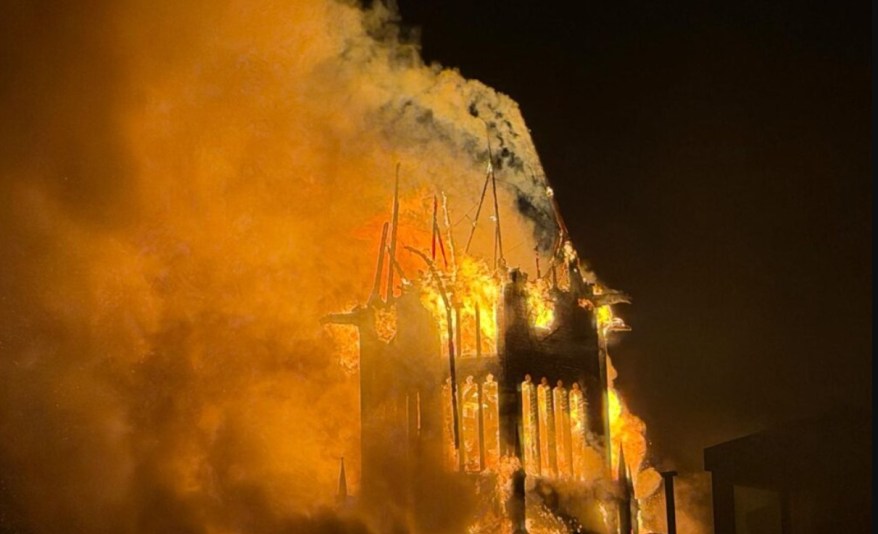
Incendio alla Vondelkerk di Amsterdam: storica chiesa neogotica devastata a Capodanno
🇮🇹‼BREAKING NEWS‼ La storica Vondelkerk, chiesa neogotica del XIX secolo di Amsterdam, è stata devastata da un incendio nella notte di Capodanno. Il campanile è crollato e parte del tetto è andata distrutta, ma fortunatamente non ci sono feriti… 🇬🇧‼BREAKING NEWS‼ The historic Vondelkerk, a 19th-century neo-Gothic church in Amsterdam, was devastated by a fire…
-
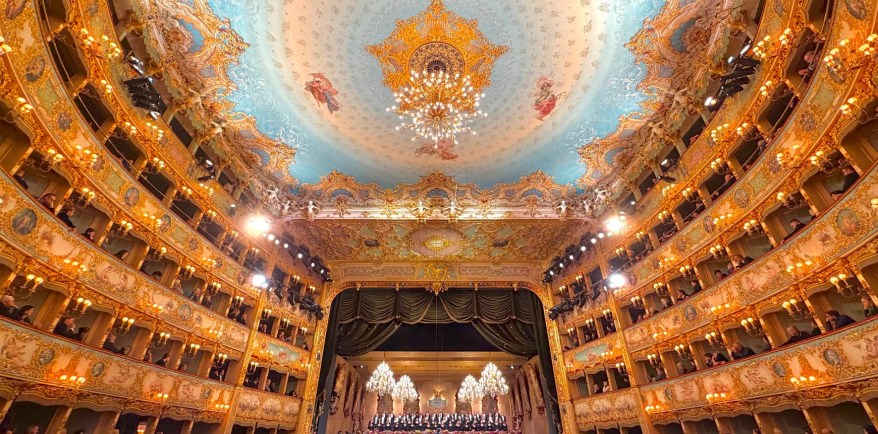
Teatro La Fenice di Venezia: storia, architettura e il Concerto di Capodanno
🇮🇹 Venezia, musica e rinascita. Il Teatro La Fenice è un simbolo di bellezza senza tempo, storia e resilienza. Dal suo passato segnato da grandi rinascite oggi ospiterà il celebre Concerto di Capodanno… 🇬🇧 Venice, music, and rebirth. The Teatro La Fenice is a symbol of timeless beauty, history, and resilience. From its past marked…

